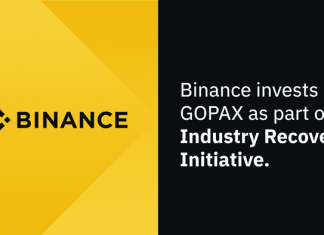
South Korea’s payment industry is entering a new phase. Stablecoin-backed payment cards, tied to the US dollar, are now being used in everyday transactions across the country. These cards function much like traditional credit cards—swiped or tapped at terminals, settled in real-time at current exchange rates, and even compatible with Apple Pay or Samsung Pay.
What sets them apart is that no bank account is required. These cards, typically issued by overseas firms, are preloaded with stablecoins like USDT or USDC and accepted at millions of global Visa merchants. There’s no need for banks, card companies, or foreign exchange services. Fees are lower, transactions are faster, and exchange rate margins are minimal. For many users, it’s not just about convenience—it’s about adopting a viable alternative to the traditional financial system.
Yet these fast-moving changes are happening entirely outside Korea’s regulatory framework. RedotPay, a Hong Kong-based fintech firm, offers Korean-language support and full local compatibility without registering as a domestic financial service provider. Korean authorities have no access to transaction records, and local card issuers and fintech firms now find themselves competing with an unregulated player.
A larger concern lies in the question of monetary sovereignty. With no KRW-pegged stablecoin currently available, the growing use of dollar-based transactions could eventually weaken the Bank of Korea’s influence over monetary policy. If stablecoins dominate payroll, settlements, and retail spending, central bank interest rate tools may lose relevance. The risk isn’t just hypothetical—it’s already materializing.
This isn’t a passing trend. Global payment giants like Mastercard and PayPal are rapidly integrating stablecoin settlements into their systems, while international retailers and service platforms are embracing token-based payments. Korea’s regulatory response, by comparison, remains slow and fragmented.
The rise of stablecoin payment cards is not just a technological shift. It’s a deep, structural change affecting financial infrastructure, monetary policy, consumer data, and economic sovereignty. The right response isn’t to resist the change—but to understand it, anticipate it, and shape it with proactive regulation. The market has already moved. Now, it’s up to the government to catch up.






